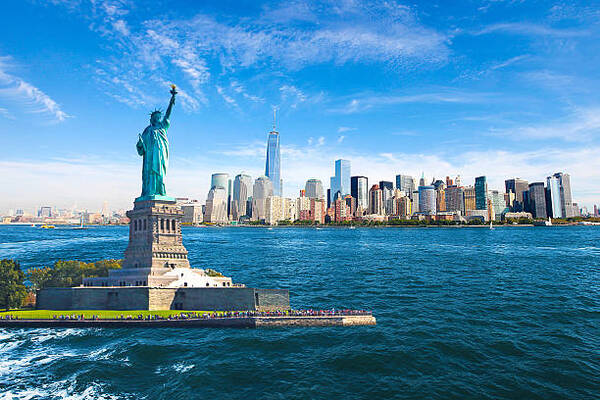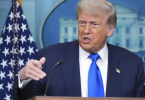Saturday, July 5, 2025
US President Trump has unveiled a plan to increase entrance fees for international visitors at national parks, aiming to make these iconic sites more accessible to American citizens. This policy comes as the nation gears up for its 250th anniversary celebrations, aligning with a broader initiative to emphasize national pride and prioritize American visitors. The executive order is designed to generate additional revenue, which will be reinvested into enhancing national park infrastructure and improving the overall experience for all visitors.
The announcement of this fee increase aligns with broader national goals, providing a much-needed boost to the park system’s finances. The funds generated from these increased fees will be used to upgrade facilities, improve maintenance, and expand services to ensure that national parks continue to offer enriching experiences to millions of visitors annually. In addition, the policy seeks to ensure that American citizens are afforded more affordable access to the parks, especially during peak tourist seasons.
This move is part of a larger plan to not only celebrate the country’s history but also to ensure that its most treasured natural spaces are properly maintained and remain accessible for future generations. With the United States’ 250th anniversary on the horizon, this policy is viewed as a chance to honor the nation’s legacy by prioritizing the preservation and improvement of its national parks. The revenue generated from the increase in entrance fees will provide the necessary financial support to achieve these goals.
This policy represents an uncommon shift by the administration to focus on environmental conservation and green spaces, supporting the larger mission of safeguarding national landmarks for future generations. National parks, which are key symbols of American natural beauty, offer visitors the opportunity to experience the country’s diverse landscapes, rich biodiversity, and unique ecosystems. The funds from the fee increase will help ensure these parks continue to be places where visitors can engage with nature, wildlife, and history in a sustainable way.
In conjunction with the announcement of the fee increase, President Trump also signed an executive order that rescinds a 2017 directive issued by former President Obama, which focused on promoting diversity and inclusion within the national parks system. The 2017 directive called for increased outreach to underserved communities and greater inclusion of diverse groups in national park experiences. President Trump’s move to revoke this directive is part of a broader stance against Diversity, Equity, and Inclusion (DEI) initiatives, which have been a subject of ongoing debate in various sectors of the government and society.
The rescinding of this directive has drawn criticism from various conservation and advocacy groups, who have expressed concern over its potential impact on the inclusivity and accessibility of national parks. Critics argue that the original initiative helped ensure that parks were welcoming to all Americans, including those from historically marginalized communities. The shift in policy raises questions about whether efforts to make national parks more inclusive will be sidelined in favor of a more traditional, America-centric focus.
Moreover, conservation organizations have raised alarms about the ongoing cuts to the National Park Service workforce, with hundreds of permanent staff members being laid off since President Trump took office. These layoffs have come just ahead of the summer tourist season, when national parks experience a surge in visitors. Critics fear that these staffing reductions could negatively impact park operations, maintenance, and visitor services, particularly during the busy summer months when parks are at their busiest.
The cuts to the workforce and the shift in policy have led to concerns about the future of the national parks. Conservationists worry that without adequate staffing and support, the parks could struggle to meet the demands of increasing tourism. Additionally, there are concerns that the prioritization of American visitors over international tourists could lead to a decline in the diversity of park visitors, reducing the opportunity for people from around the world to experience these national treasures.
Despite these concerns, the administration has emphasized that the goal of the fee increase is to create a more sustainable financial model for the parks, which will allow for long-term improvements and preservation. By increasing the entrance fees for international tourists, the government aims to balance the costs associated with maintaining these vast, protected areas while ensuring that American citizens can continue to enjoy them without undue financial burden.
As national parks across the country continue to be popular destinations for millions of visitors each year, the challenge will be to strike a balance between preserving these natural wonders, maintaining access for all, and generating the revenue necessary for their upkeep. The decision to increase entrance fees for foreign tourists is just one part of a broader effort to ensure that America’s national parks remain viable and protected for generations to come. Whether this approach will successfully address the challenges faced by the national parks remains to be seen, but it represents a significant shift in how the government views the future of America’s natural heritage.
«Enjoyed this post? Never miss out on future posts by following us»











